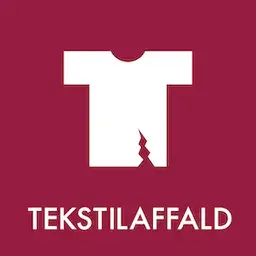Sorting and collection requirements in DK
On this page you can learn more about the Danish pictograms and the requirements for sorting and collection for the individual fractions.
Requirements for sorting and collection
According to Danish legislation, both household and commercial waste must be sorted and collected in fractions, glass, metal, hazardous waste, plastics, food and drink cartons, cardboard, paper, residual and food waste.
Sorting and collecting fractions contribute to increased quality in recycling, which means that the resources used to produce a given product or material can achieve a higher quality and value as a secondary material.
Thereby, both citizens and businesses play a special role in ensuring that resources are kept in circulation by sorting correctly. But the role of the manufacturers starts already in the design process, where the choice of material, the composition and colour of the packaging as well as the ability to take it apart, have a great influence on whether and how it can be recycled - and thus also on the quality of the recycled material.
Pictograms to help improve sorting
Brancheforeningen Cirkulær (formerly DAF - The Danish Waste Association) has developed the series of pictograms that cover the sorting fractions in Denmark with the purpose of making it easier to sort waste correctly - both at home and in businesses. More and more companies use the pictograms on their packaging, so consumers have an easier time sorting correctly.
Find pictograms and guidelines for use on Cirkulærs pictogram website here, where you can also download the pictograms in different formats.
Labeling requirements in Denmark
There is currently no requirement for labelling on packaging in Denmark, except for packaging covered by the deposit and return system, see here and single-use plastic products, which are subject to labelling requirements, cf. the Single-Use Plastics Directive, see here.
It is therefore voluntary for companies to use pictograms on their packaging to guide consumers on correct sorting.
Expected upcoming labelling requirements
The EU is transforming the packaging directive into a packaging regulation. The packaging regulation has not been finally adopted in the EU and will only come into force in a few years, but the draft to the regulation contains the following future labelling requirements:
- Single-use packaging must be labelled with harmonised EU pictograms (not yet developed). Transport packaging not sold via e-commerce is exempt.
- Single-use plastics packaging must also inform about the proportion of recycled plastics.
- Reusable packaging must inform that the packaging can be reused and a QR code or other equivalent must explain how it is reused.
Packaging covered by deposit-refund schemes is exempt from pictogram requirements, but must bear a clear and unambiguous symbol.
Labeling and sorting requirements for the Danish fractions
Clean and dry paper, such as newspapers, print advertising circulars and office paper.
The paper must not contain unwanted substances and materials that cause problems in recycling, such as perfluorinated substances (PFOS) or wet and dirty paper.
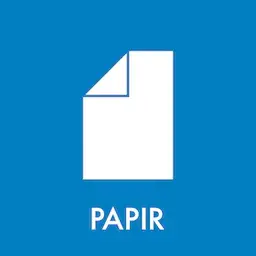
Food waste covers animal and vegetable food residues, foods that have become too old, offcuts and peels from raw materials for cooking, coffee filters, etc.
The waste must not contain undesirable substances that are harmful to agricultural land or difficult to degrade, such as packaging, cigarette butts and ashes.

Clean and dry cardboard, such as cardboard boxes, cardboard tubes from kitchen and toilet rolls, cardboard from packaging, etc.
Cardboard waste must not contain unwanted substances or materials that cause recycling problems, such as expanded polystyrene or wet cardboard.
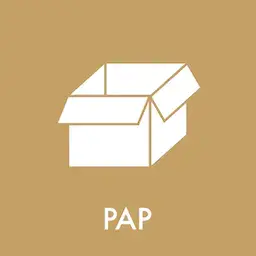
End-of-life substances, materials, or products, such as chlorine-containing detergents, paints, and aerosols, etc.
Hazardous waste must not contain products that may present a hazard during collection and treatment, such as fireworks.
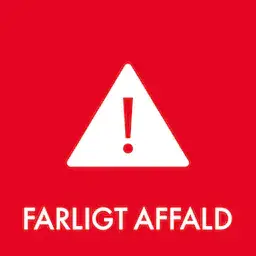
Packaging cartons which have contained foodstuffs such as milk cartons, juice cartons and cartons for, inter alia, peeled tomatoes, legumes or the like.
Food and drink cartons must be emptied of contents. Other so-called composite packaging, such as chips and coffee bags, must not be sorted as food and drink carton waste.
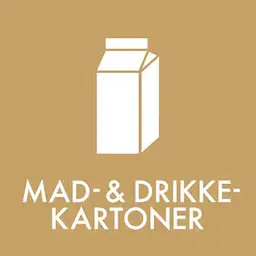
Waste not subject to other established collection or authorisation schemes. This means waste that is not recyclable, not hazardous or not subject to a producer responsibility scheme.
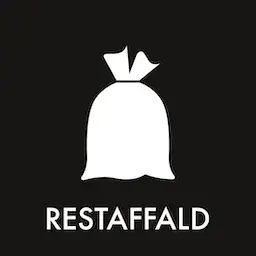
End-of-life products, packaging and bags consisting predominantly of plastics, such as plastic bottles, plastic trays, plastic tubs, and bags, such as shopping and freezer bags, etc.
Food packaging must be emptied and scraped clean.
The plastics waste must not contain waste that could cause problems in recycling, such as packaging that has contained plant and insect poisons, PVC, plastic products with electronics or tarpaulins.
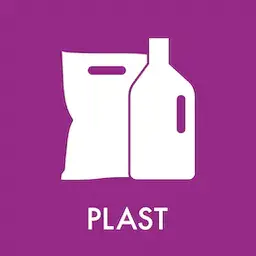
Glasses that have been emptied and scraped clean of food or beverages, such as canning glasses, wine bottles and ordinary drinking glasses - including broken glass from the above.
Glass waste must not consist of specific types of glass that could cause recycling problems, such as refractory dishes, flat glass from windows and mirrors.
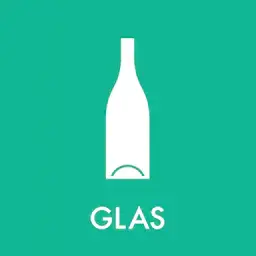
Products and packaging, such as cans, beverage cans and small metal objects consisting predominantly of metal.
Metal packaging from food must be emptied and scraped clean of food or beverages.
The metal packaging may have plastic coatings, but still needs to be sorted as metal. Metal waste must not contain waste that could cause problems in recycling, such as electronics, pressurised cylinders and hazardous waste packaging.
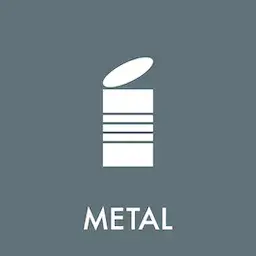
Worn-out textiles, such as clothes, towels, and curtains, which are holey, worn out, stained, or otherwise destroyed.
The textile waste does not include shoes, belts, and bags, as well as reusable clothing and textiles.
Textile waste must not be wet or contain unwanted substances that can cause recycling problems, such as chemicals, oil or paint stains, food debris and soil.
